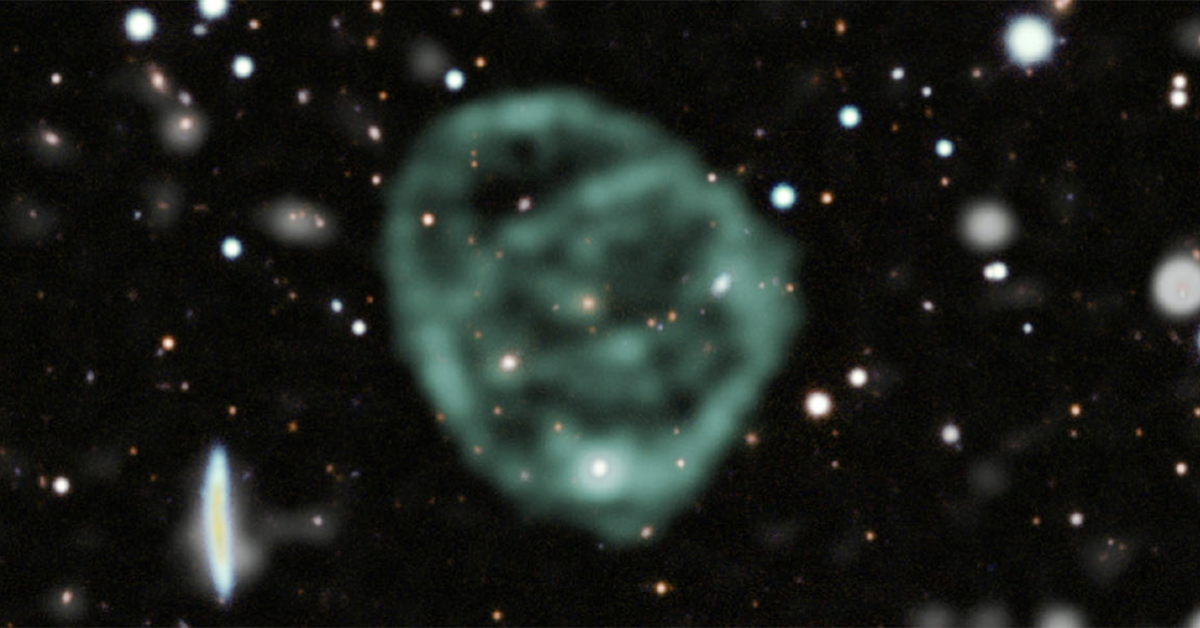
Water may have first formed 100–200 million years after the Big Bang, according to a modeling paper published in Nature Astronomy. The authors suggest that the formation of water may have occurred in the universe earlier than previously thought and may have been a key constituent of the first galaxies.
Water is crucial for life as we know it, and its components—hydrogen and oxygen—are known to have formed in different ways. Lighter chemical elements such as hydrogen, helium and lithium were forged in the Big Bang, but heavier elements, such as oxygen, are the result of nuclear reactions within stars or supernova explosions. As such, it is unclear when water began to form in the universe.
Researcher Daniel Whalen and colleagues utilized computer models of two supernovae—the...
Read More









Recent Comments